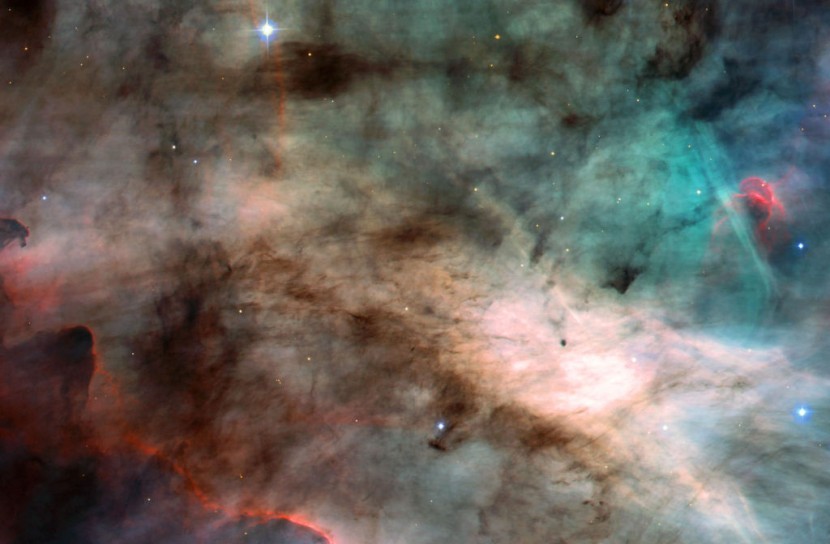
Voids were detected in the interstellar gas of the Milky Way galaxy, which is left by massive stars that have died. These pockets of nothingness pockmark interstellar space in this corner of the cosmos.
What Is a Galactic Void?
Inside the gas drifting in interstellar space are bubbles which are imprints of stars that had gone supernova when they ended their lifecycle, reported Science Alert.
The Milky Way spins with the remnants of once alive stars, with the bubble in the galactic gas as proof they existed.
Stellar space occupied by the gaps in gas drifts would sometimes combine to form diffuse clouds of atomic hydrogen. In these areas are protostars that form in dense gravity and then erupt in outbursts that shatter their cores, releasing star stuff for another life cycle. Exactly how the reformation of gas clouds and recycling it all over the galaxy is unknown.
A group of scientists led by Juan Diego Soler of the Italian National Institute for Astrophysics (INAF) in Italy will study this phenomenon and how neutral atomic oxygen impacts the galaxy. The group made use of information collected by the HI4PI project, an all-sky survey that analyzed the radio spectrum to show a map of neutral atomic hydrogen dispersion all across the Milky Way.
It's the most thorough survey of voids, mapping how much hydrogen and the gas velocity. Combining a model of the Milky Way galaxy spinning, they can guess how far these bubbles are in the gas.
With the help of these data and a frequently used algorithm for satellite photo analysis, the team could reveal subtle hydrogen structure details that were inconceivable to see with the naked eye.
These consisted of a vast network of fine threads of gas known as filaments, with those closest to the disk mostly perpendicular to the plane of the Milky Way galaxy and those that weren't seeming randomly oriented.
The team construed networks as the Milky Way's gas bearing the indelible mark of supernova feedback.
Astronomers Comment on the Research
According to Ralf Klessen of Heidelberg University in Germany, "These are probably the remains of multiple supernova explosions that sweep up the gas and form bubbles that pop when they reach the characteristic scale of the galactic plane, like the bubbles in a glass of sparkling wine," per Phys Org.
In addition, it is recommended that we try to register the mass and momentum input from stars attempting to shape the gas in our galaxy because we see mostly horizontal structures in the outer Milky Way, where there is a sharp decline in the number of star formation and consequently fewer supernovae.
The probe is about knowing the dynamic processes of the Milky Way. Also, it studies galactic archeology. It could be used for galactic archaeology in particular. It also provides a fresh perspective for understanding potential side effects close to the filaments.
Patrick Hennebelle of the Saclay Nuclear Research Center in France explained the interstellar medium between stars, the formation of stars, and supernovae if the star mass is ten times bigger than the sun.
Voids are what is left from the explosion of a massive star in the Milky Way galaxy that later are remnants of the universal past, according to the study.
Related Article: Dust, Gas Comprises Interstellar Space That Modifies the Perception of the Cosmos in the Changing Universe
© 2025 HNGN, All rights reserved. Do not reproduce without permission.








